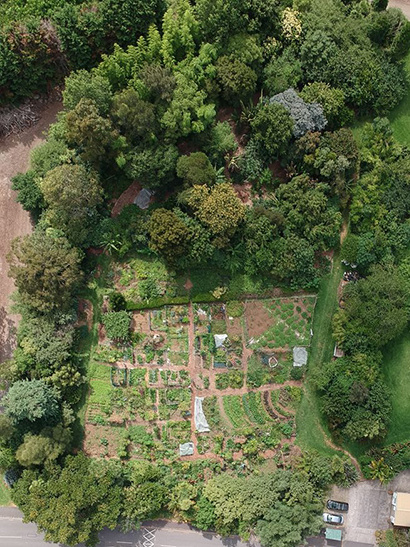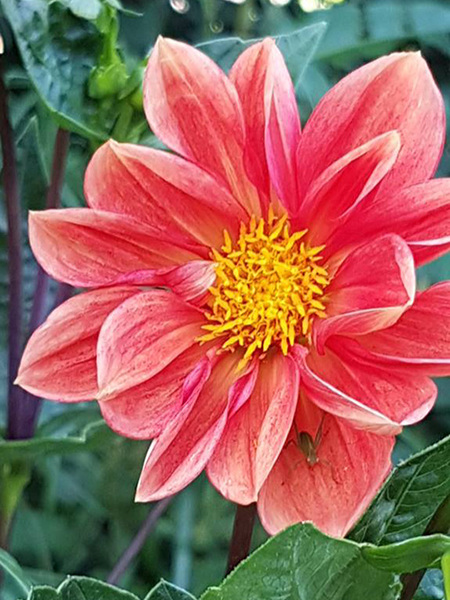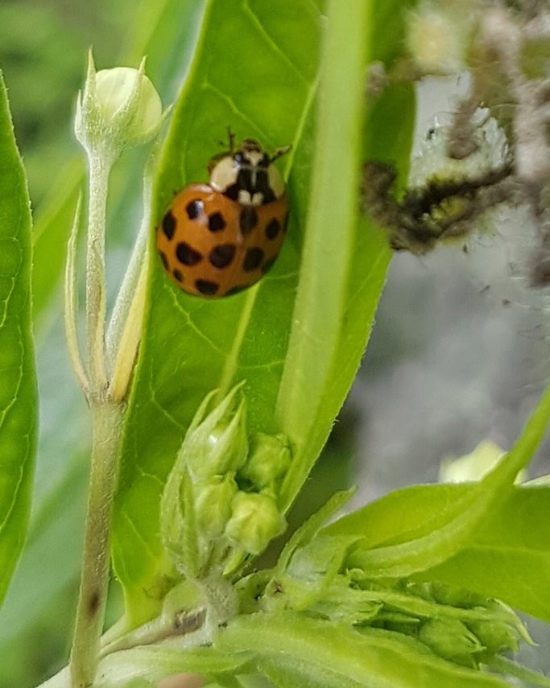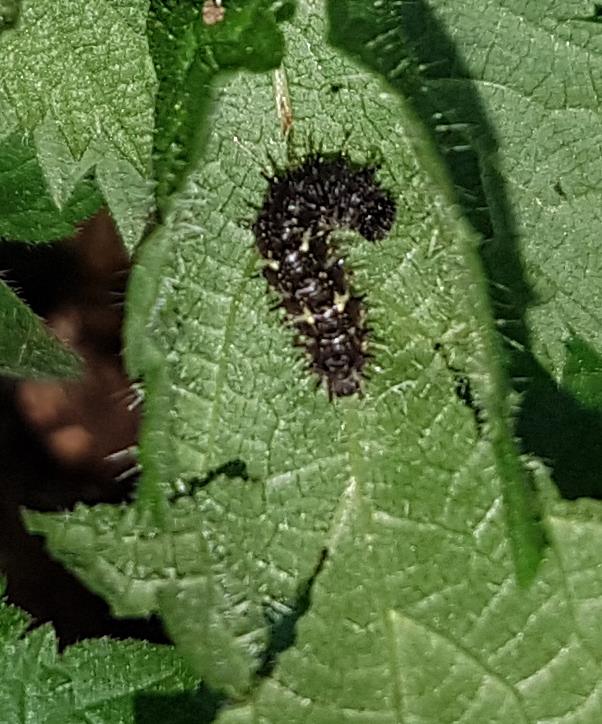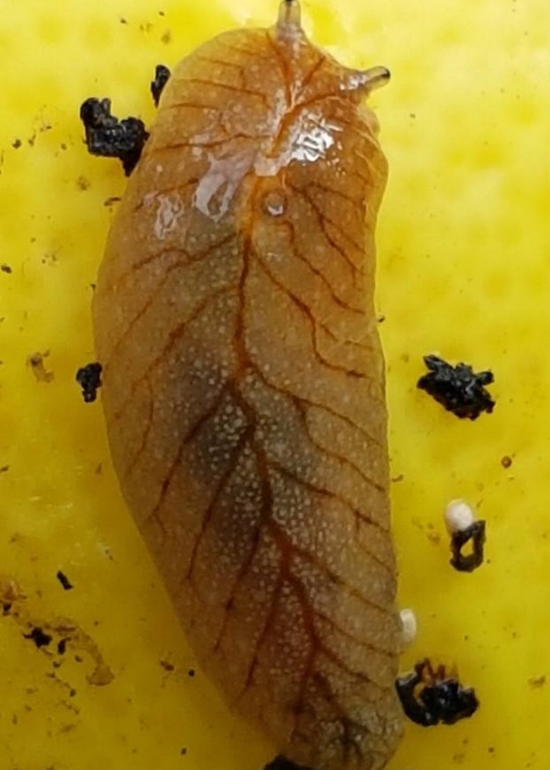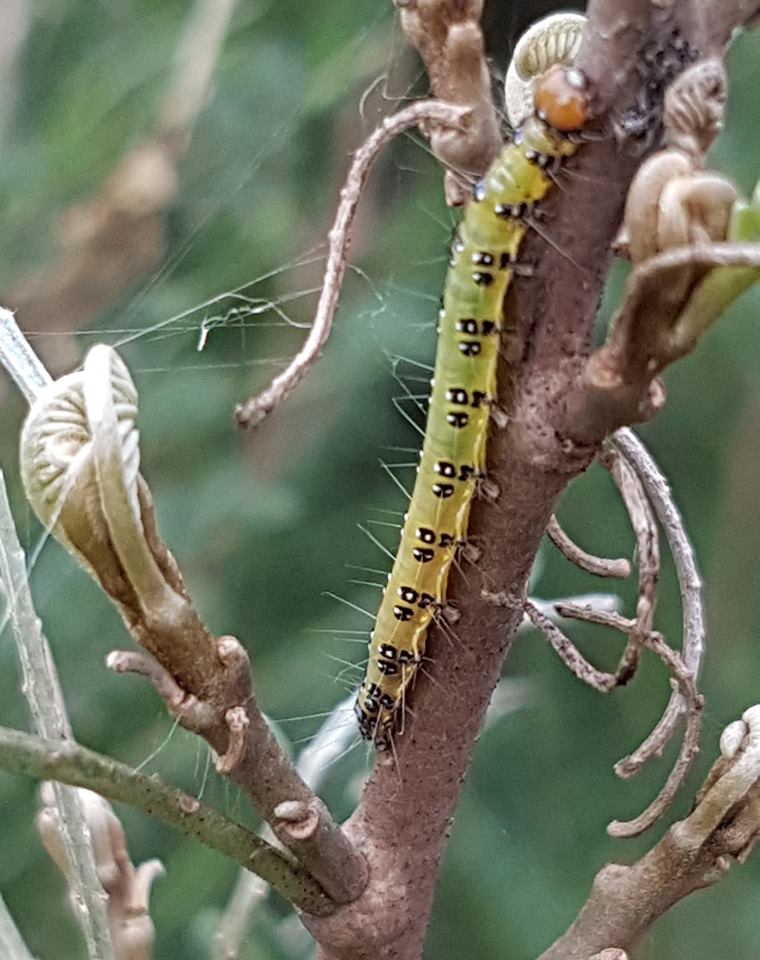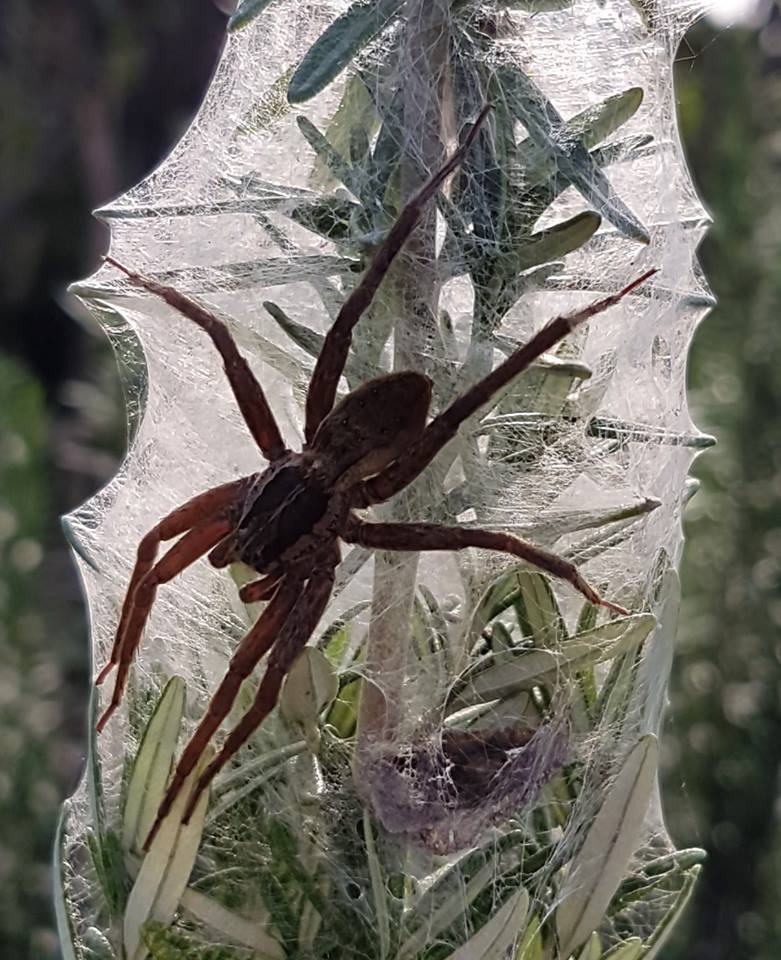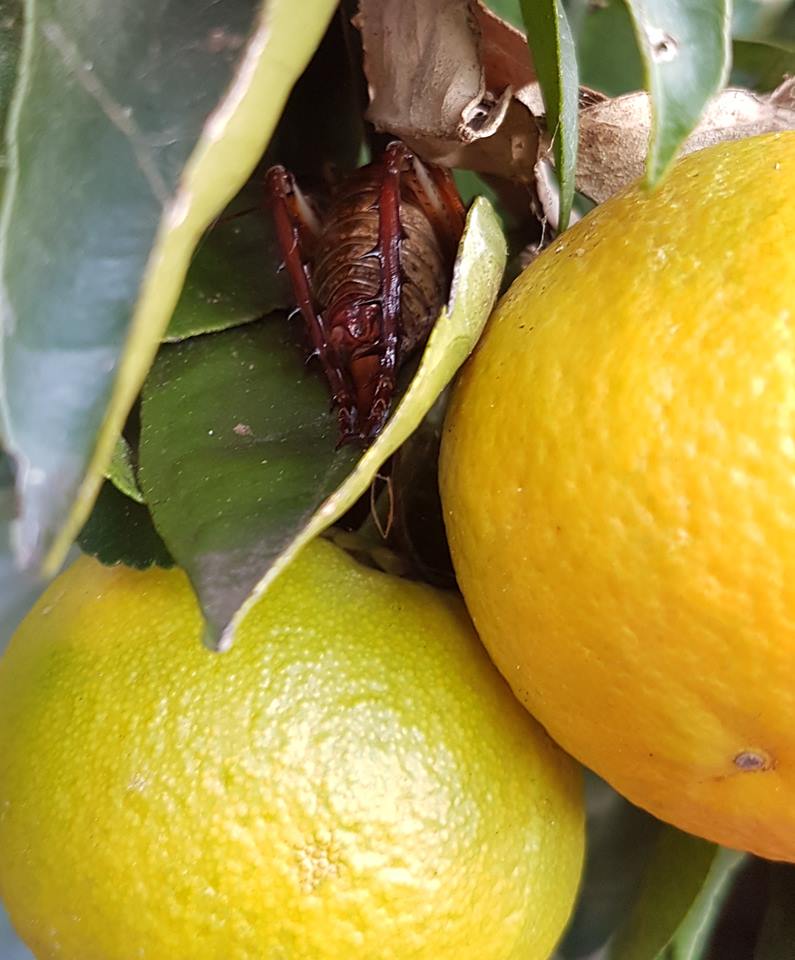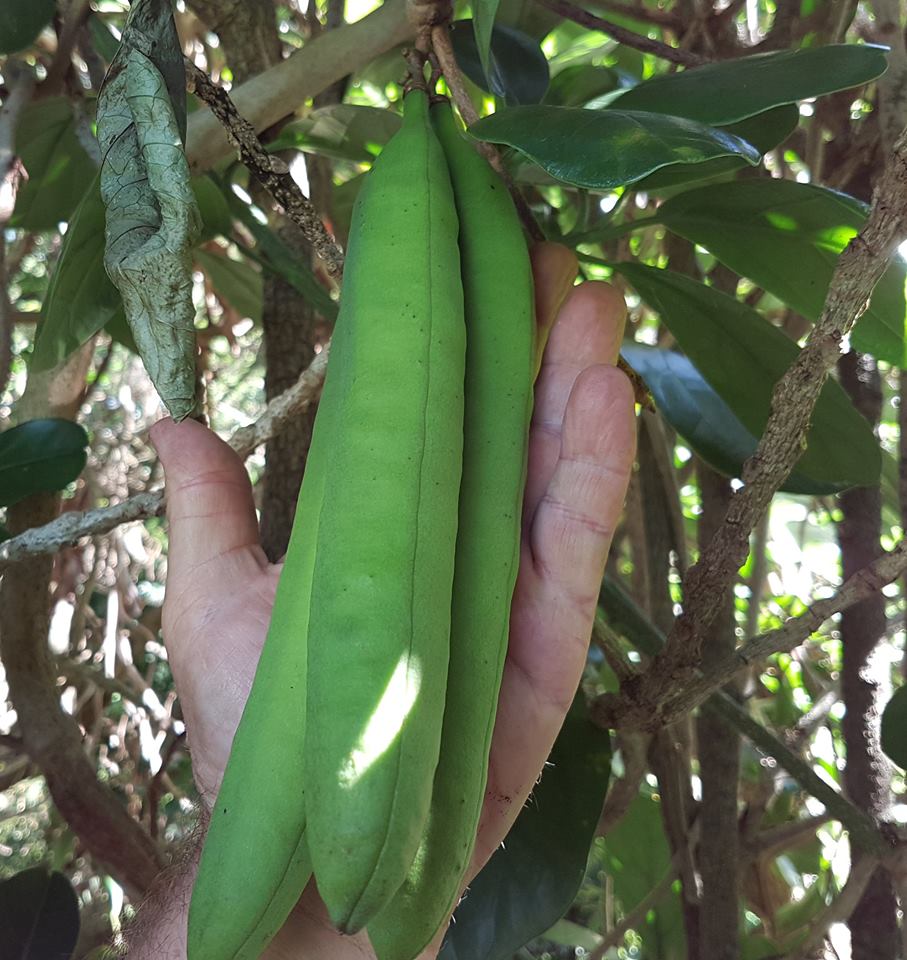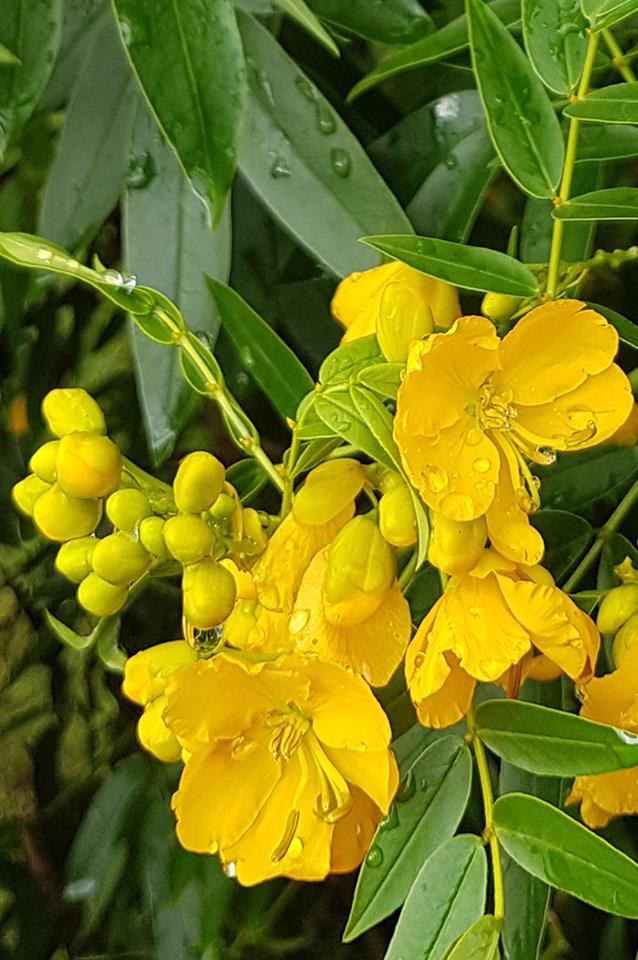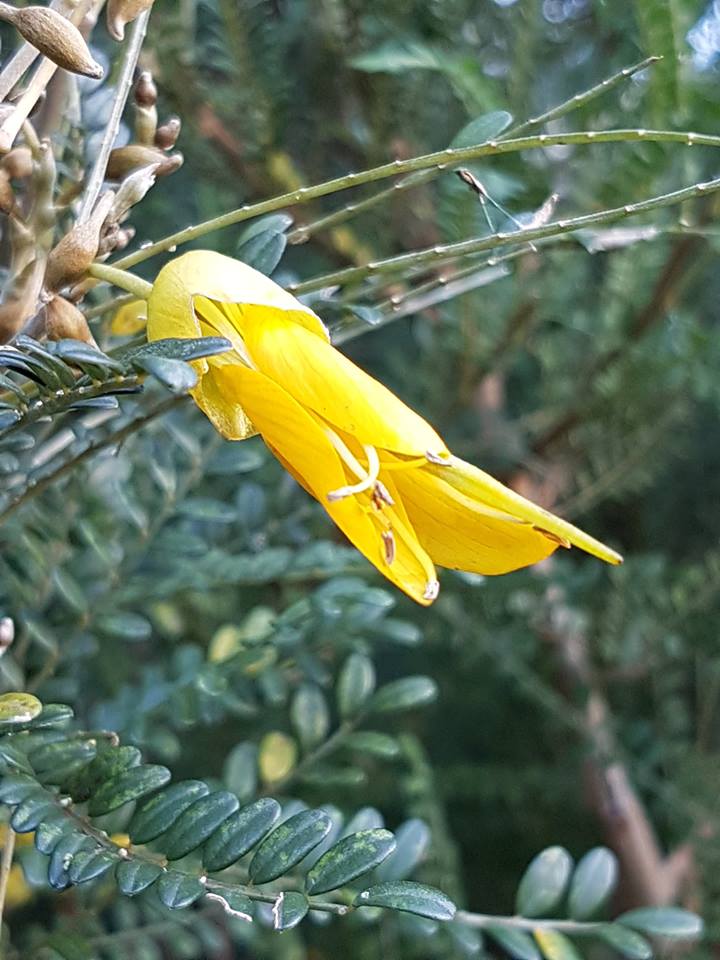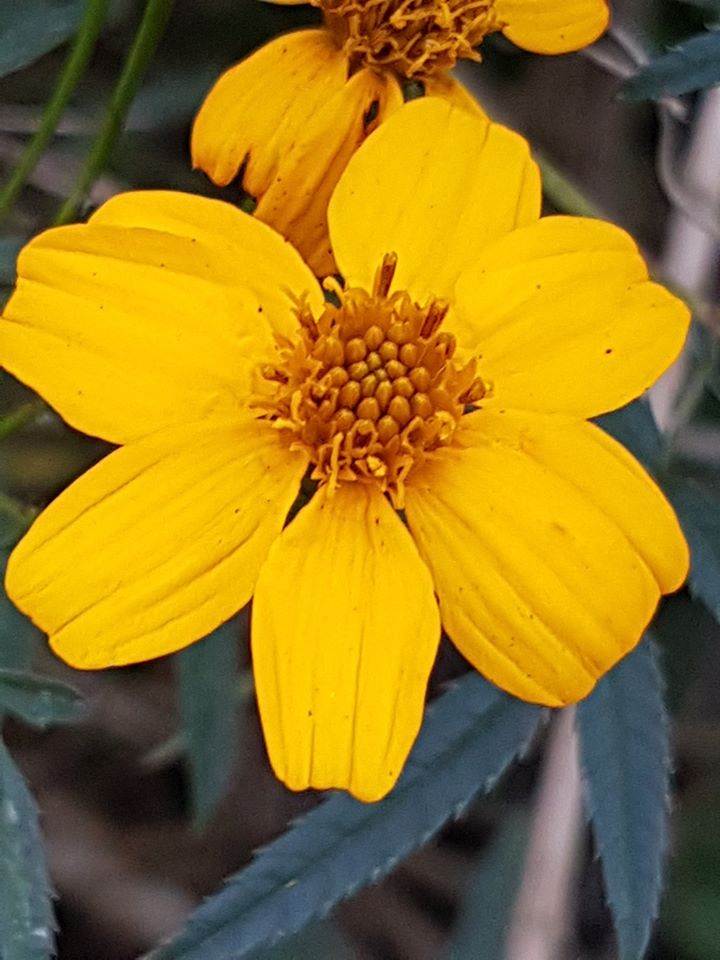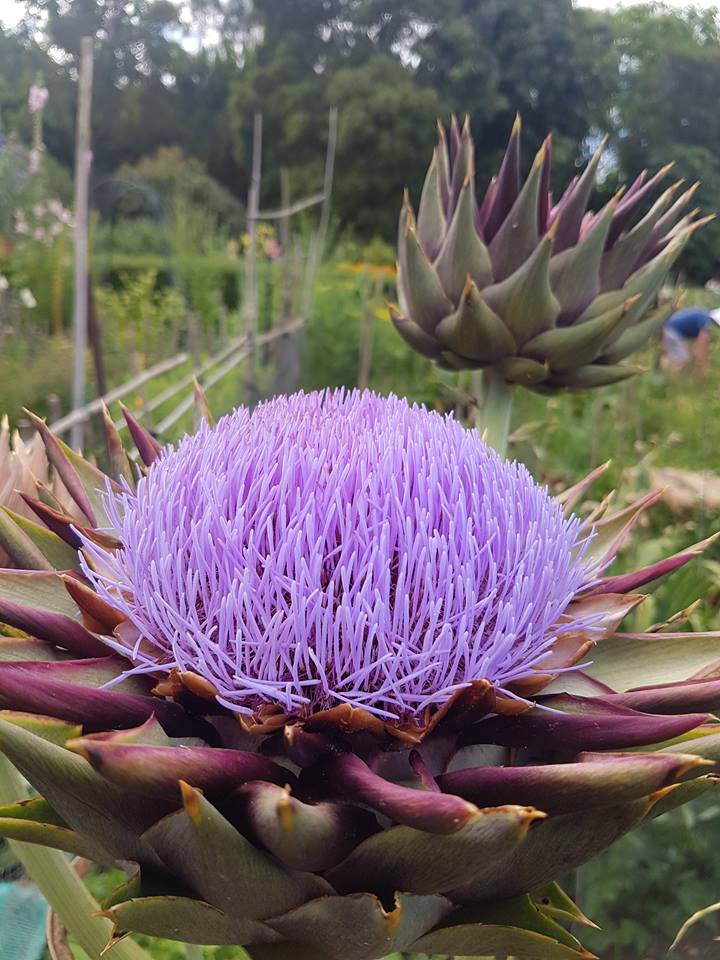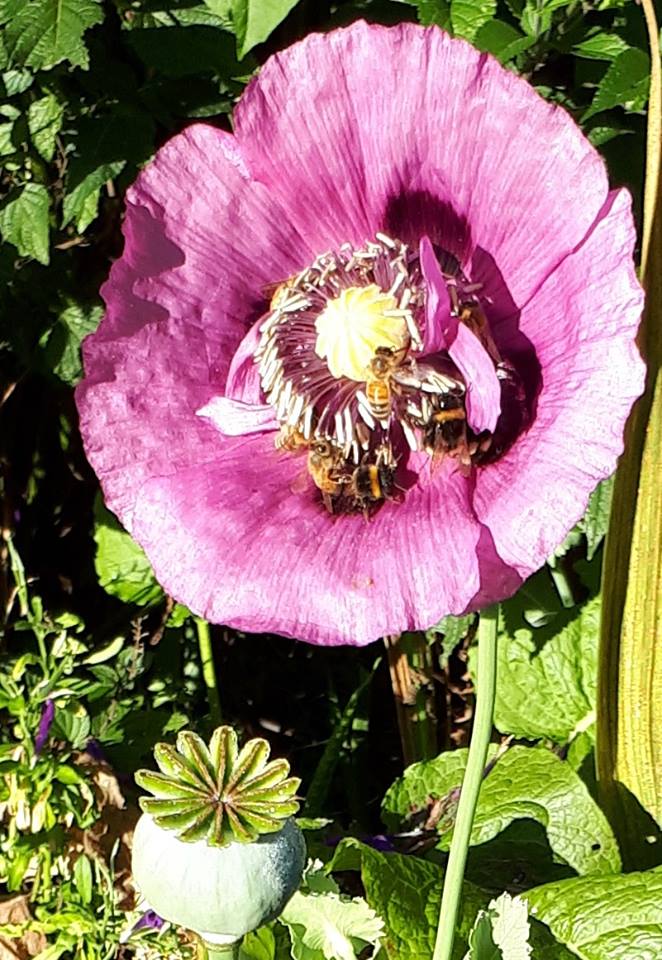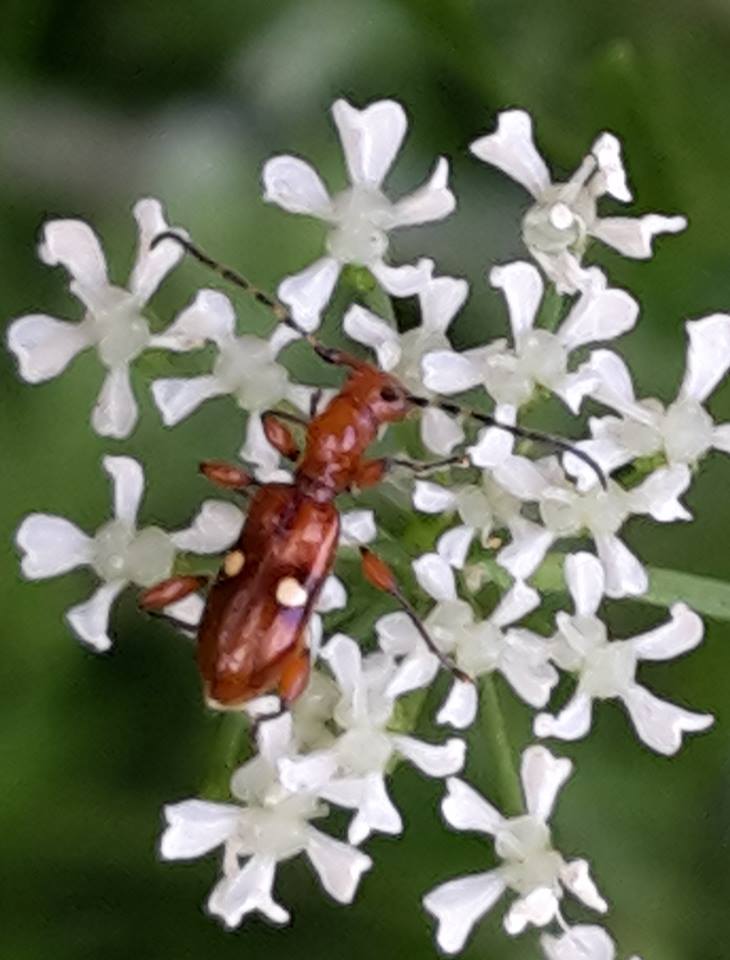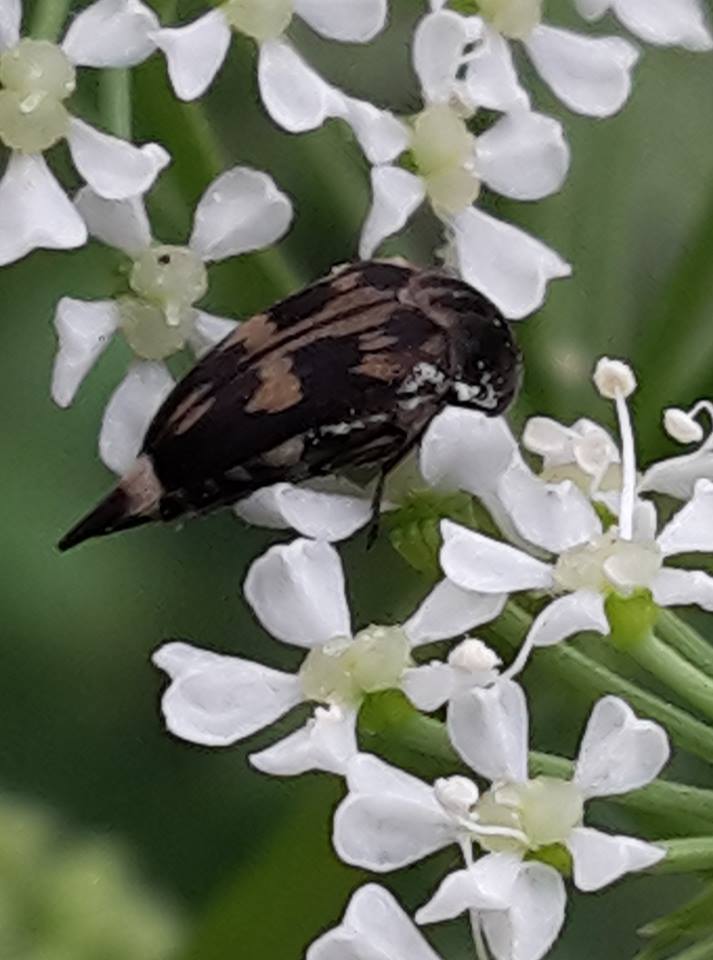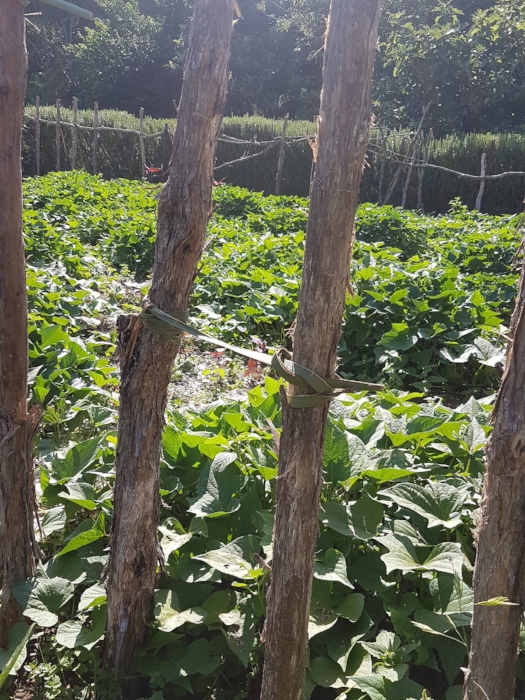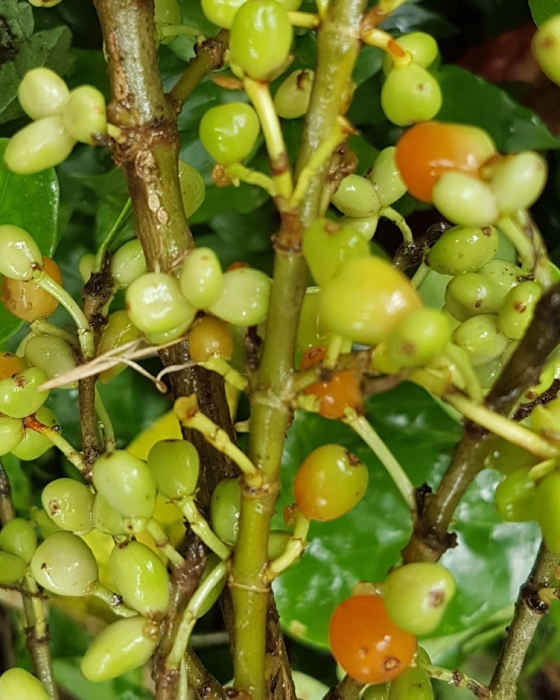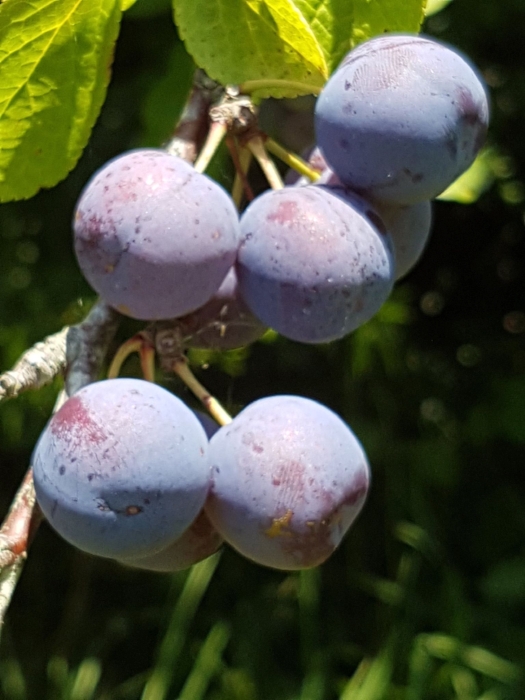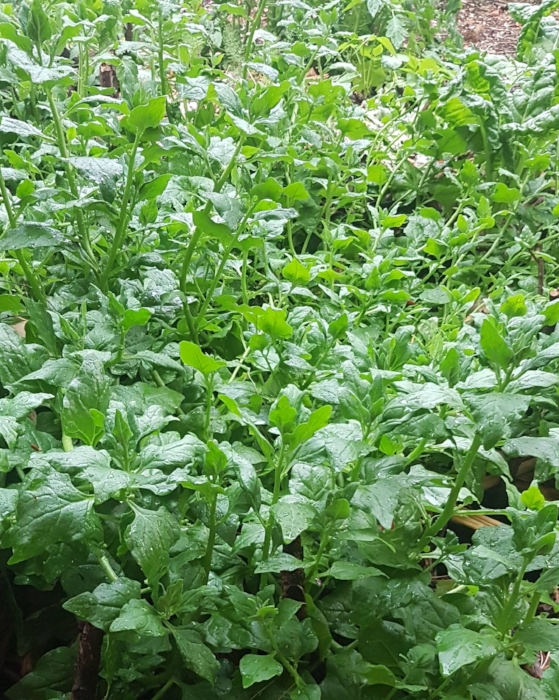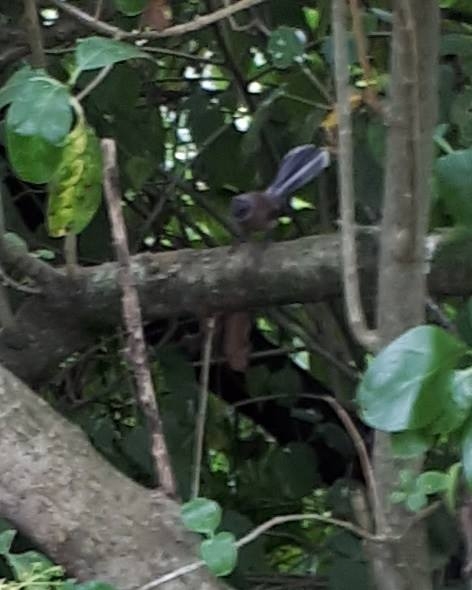There are approximately 400 hundred plant species (excluding mosses) at the Sanctuary Mahi Whenua. This includes 140 tree species, many of which are not yet registered on the Unitec’s arboretum list (which contains 220 tree species), therefore contributing substantially to the Unitec’s campus tree diversity. All those plants provide invaluable habitats for many native animal species.
Some 25 bird species have so far been recorded at the Sanctuary Mahi Whenua. There are skinks and many species of endemic and exotic fungi, insects and spiders.
It is an unrecognised biodiversity hotspot: a biodiversity jewel in the Auckland isthmus. Visit iNaturalist to see some of the recorded observations at the Sanctuary Mahi Whenua as well as the wider Mount Albert area.
In the spotlight
First poppy flowers (genus Papaver) for the season are appearing in the rainbow garden at the Sanctuary Mahi Whenua.
Queensland kauri trees (Agathis robusta) growing on the northwestern corner of the Sanctuary Mahi Whenua's headland shelter are showing a flush of new growth. The new leaves start out yellow which contrasts strongly with the dark green of mature leaves, and new growth gives the appearance of flowers.
A white-banded house jumping spider (Hypoblemum griseum) on a kumara slip (Ipomoea batatas) in the greenhouse at the Sanctuary Mahi Whenua. This Australian species is now one of the commonest jumping spiders in New Zealand.
Yellow flowers that festooned the Waitākere kōwhai trees (Sophora fulvida) at the Sanctuary Mahi Whenua are being replaced with long, dangling seedpods. The seeds will swell as they mature and give a pronounced segmented appearance to the seedpod.
Numerous green fruit on our Kermadec Islands nikau palm (Rhopalostylis cheesemanii) growing in the swale at the Sanctuary Mahi Whenua which when mature will turn brick-red. This species is endemic to the Kermadec Islands. This nikau plant was obtained by Richard Main (Gardens4Health) from the New Zealand offshore plant collection at the nearby Mt Albert Research Centre.
GALLERY PREVIOUS MONTHS
